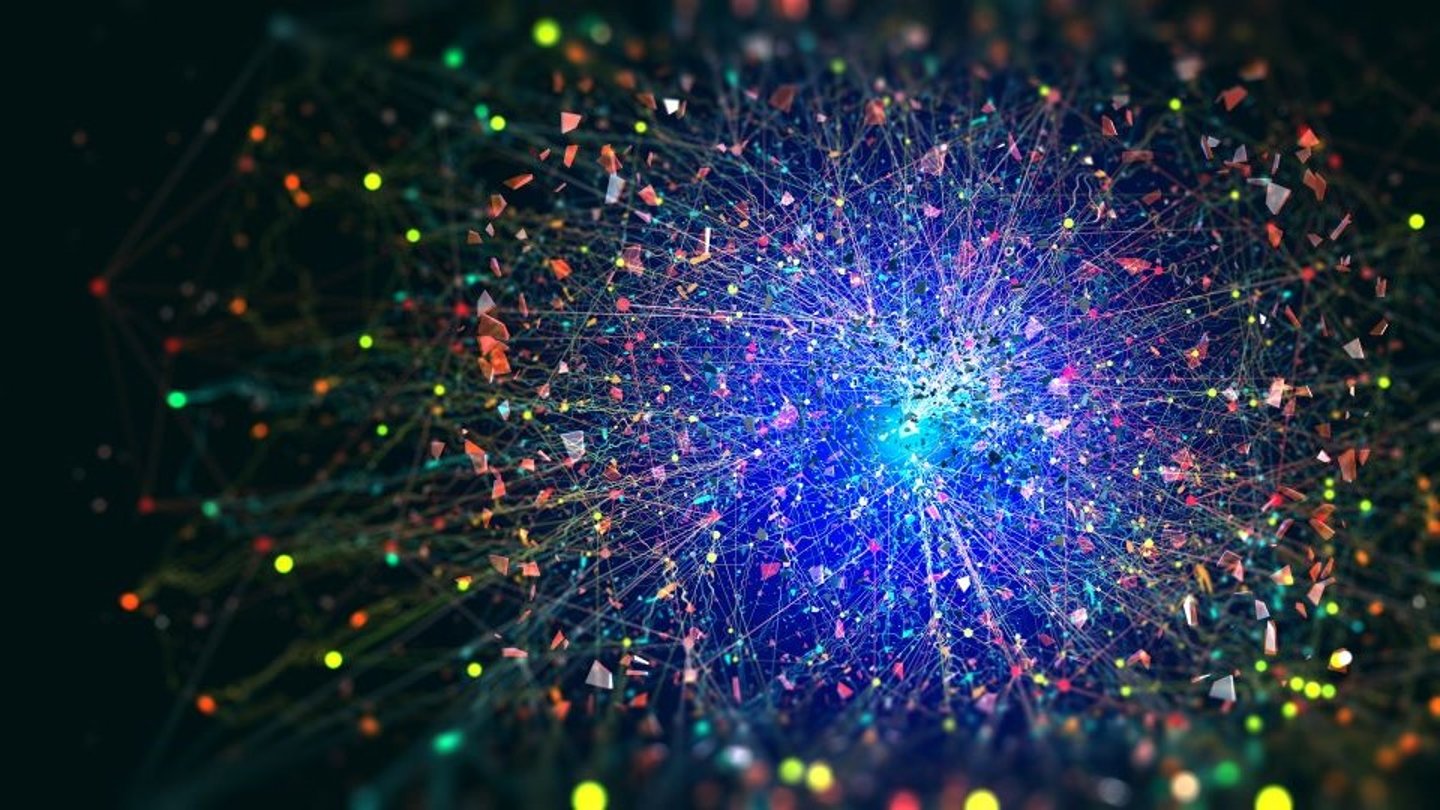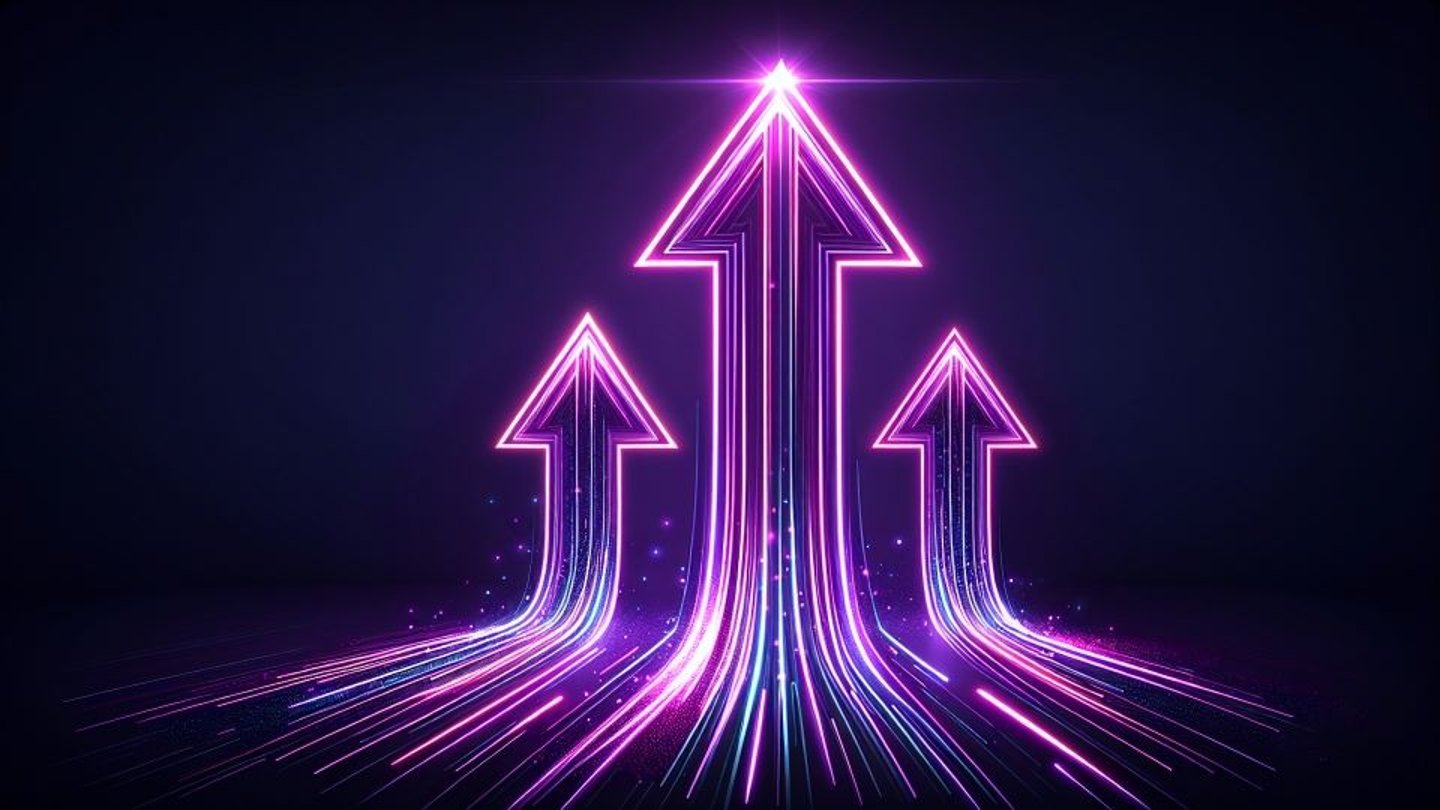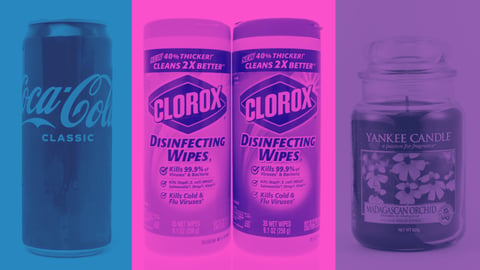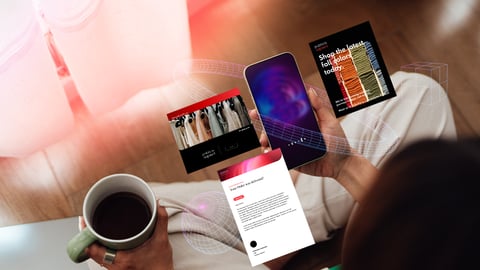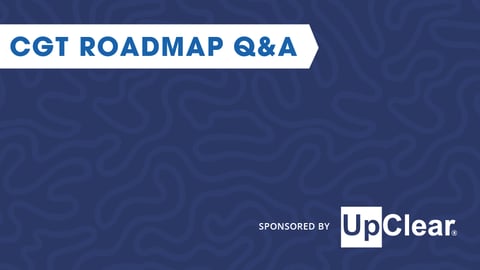CPGs’ Shared Vision for AI and How To Get There
Consumer packaged goods industry leaders were tantalized by the potential of artificial intelligence well before ChatGPT 3.0’s November 2022 introduction. Combinations of GenAI and “traditional” rules-based machine learning suddenly promised to boost automation across a wide swath of CPG business processes while enabling sophisticated, AI-driven forecasting and analysis based on natural-language queries by nontechnical staff.
It's been more than two years since the dawn of the GenAI revolution. Where does the CPG industry stand with AI? And where does it look like it’s headed?
SAP recently surveyed dozens of global CPG leaders to find out. They represented a diversity of segments (food and beverage, beauty care, household products, health and personal care, and durables, among others) and sizes, with annual revenues from $500 million to more than $25 billion. Here’s what we learned.
A Shared Vision for AI in the CPG Industry
First, the big picture. While CPG businesses all have their own AI-related visions and deployment roadmaps, there’s a surprisingly universal understanding of the ultimate highest and best use of AI in this industry.
AI will help CPG companies detect and predict shifting consumer tastes while enabling greater customization and personalization of products for those consumers. It will drive increasingly automated product innovation cycles by producing goods via AI-streamlined supply chain and manufacturing processes steered by AI-powered demand forecasting. In short, AI will enable CPG firms to meet consumer needs with unprecedented precision and agility.
That’s a lot to digest, and it’s not happening overnight. But CPG business focus of their AI investments in two key areas — fostering profitable growth and enhancing supply chain resilience — show that they’re moving in the right direction.
AI for Fostering Profitable Growth
On the growth front, 33% of those surveyed have rolled out AI-based personalized marketing systems, and 35% have done so with AI consumer service and chatbots. Constellation Brands applied such a system in an interesting way: to automate what had been a manual, tedious process of settling damage claims.
Elsewhere, 30% of CPG companies have already rolled out — and another 25% are piloting — AI price and promotion optimization. Henkel, for example, uses an AI assistant to help staff determine what promotions have the highest ROI, compare uplifts and profits for different promotion times, and detail item-by-item breakdowns for low-performing products.
AI in Enhancing Supply Chain Resilience
On the supply chain front, CPG firms have invested most heavily in AI-enabled demand forecasting and planning, with 33% of those surveyed having systems in place and another 29% piloting them. Closely related, if a bit further behind, are efforts in end-to-end supply chain visibility and optimization. There, 16% of CPG companies have rolled systems out, with another 26% piloting them.
Coca-Cola Europacific Partners is using AI in demand forecasting and supply network and deployment planning. That has improved order completions and on-time deliveries 2%; increased demand-forecast accuracy by 6%, which has reduced planning losses and purchasing costs; and boosted manufacturing adherence and efficiency improvement 10%, trimming supply chain, warehouse, and transportation costs.
Danone’s demand-planning AI capabilities have improved forecast accuracy from 1% to 5%, depending on the category, improving case fill rate, inventory, and logistics efficiency while cutting the staff time needed to generate demand forecasts by a factor of 40.
Many Paths, One Destination
So, where does the CPG industry go from here in developing AI to realize the big-picture vision of the automated integration of fast-changing consumer tastes with the many processes involved in putting desired products in their hands quickly and efficiently?
AI agents are focusing on product innovation, and in the supply chain, order fulfillment is now under development. An AI product innovation agent would develop novel product concepts, specifications, and briefs that balance innovation with brand specifications as well as technical and commercial feasibility. An order-fulfillment agent would improve fulfillment through decision-making that leverages internal and external data and learns from past experience.
That’s only scratching the surface of what AI is already doing — and soon will be doing — for CPG companies. (I haven’t touched upon AI in improving back-office efficiencies in HR, finance, and other areas; or on AI in sustainability — both of which have attracted significant CPG-industry interest and investment.)
While the long-term vision for AI is surprisingly consistent across the CPG industry, there are many paths to achieving that vision. The good news is, as the examples of Henkel, Danone, and others have shown, CPG businesses can gain from each step along the way.
Reshma Imamudeen is the global solution manager for consumer products at SAP.

